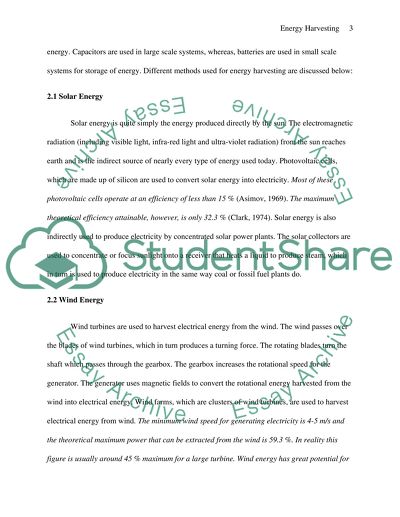Cite this document
(“Energy Harvesting Dissertation Example | Topics and Well Written Essays - 2000 words”, n.d.)
Retrieved from https://studentshare.org/design-technology/1438813-energy-harvesting
Retrieved from https://studentshare.org/design-technology/1438813-energy-harvesting
(Energy Harvesting Dissertation Example | Topics and Well Written Essays - 2000 Words)
https://studentshare.org/design-technology/1438813-energy-harvesting.
https://studentshare.org/design-technology/1438813-energy-harvesting.
“Energy Harvesting Dissertation Example | Topics and Well Written Essays - 2000 Words”, n.d. https://studentshare.org/design-technology/1438813-energy-harvesting.


